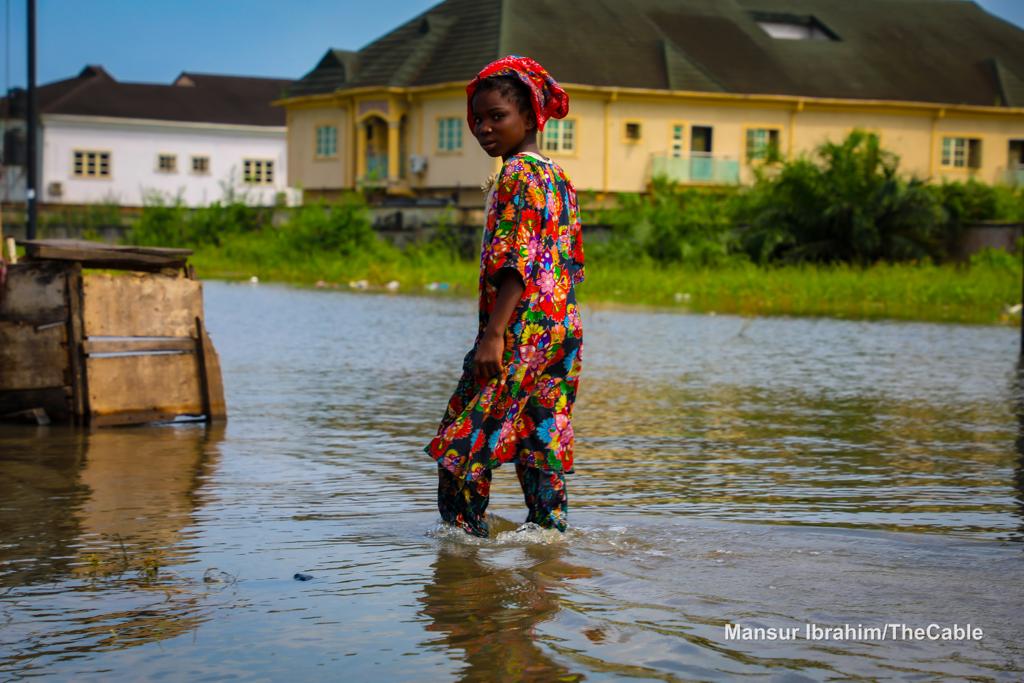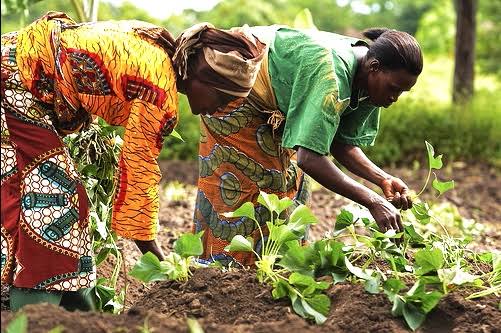BY ADEBOLA OLUWASEUN OLADOSU
Floods in Nigeria represent a critical environmental and humanitarian challenge, exacerbated by a combination of natural and human factors. The country’s geographical location, characterised by a network of rivers and proximity to the Atlantic Ocean, makes it prone to flooding, especially during the rainy season. Climate change further intensifies these risks, leading to more frequent and severe flooding events.
According to the United Nations Office for the Coordination of Humanitarian Affairs (OCHA), floods in Nigeria have had a devastating impact in recent years. Between 2015 and 2020, over 7 million people were affected by floods in Nigeria, with approximately 1.5 million individuals displaced from their homes. These floods caused significant damage to infrastructure, including schools and health facilities, and disrupted livelihoods, particularly in the agricultural sector. The economic cost of these floods has been substantial, with an estimated $153 million in damages and economic losses in 2020 alone. The impact of floods is disproportionately felt by the most vulnerable populations, including women, children, and the elderly, who often lack access to basic services and resources.
During the flooding episodes in Nigeria, several significant changes occur, impacting various aspects of life. Infrastructure such as roads and bridges may be damaged or destroyed, disrupting transportation and hindering access to essential services. Homes and businesses are often inundated, leading to displacement and loss of livelihoods. The health sector faces increased challenges, with the risk of waterborne diseases rising due to contaminated water sources and overcrowding in shelters. Agricultural lands are also affected, leading to crop losses and food insecurity.
Advertisement
One of the recent flood crises occurred in 2022, affecting 302 local government areas in 36 states across Nigeria, with over 1.4 million people displaced, at least 1,000 fatalities reported and more than 2,400 people injured. About 82,035 houses were damaged, and 332,327 hectares of land were also affected. This devastating event highlighted the urgent need for proactive measures to mitigate the impact of floods, especially in vulnerable regions. In contrast, this year’s flood situation is anticipated to be equally challenging, if not more severe. Several meteorological indicators suggest an increased risk of flooding. According to the Nigerian Meteorological Agency (NiMet), the country is expected to experience above-normal rainfall in many parts, significantly increasing the likelihood of floods. This prediction is attributed to the influence of the La Niña weather phenomenon, which typically leads to increased rainfall in West Africa, including Nigeria.
One of the key human factors contributing to Nigeria’s flood crisis is poor urban planning and infrastructure development. Rapid urbanisation has led to the encroachment of settlements into flood-prone areas, with inadequate drainage systems and poorly constructed buildings exacerbating the impact of floods. The lack of effective land-use planning and zoning regulations has allowed for unchecked development in high-risk areas, increasing the vulnerability of communities to flooding.
Additionally, deforestation and environmental degradation have significantly reduced the natural flood protection provided by forests, wetlands, and mangroves. This has further heightened the risk of floods and amplified their impact on communities and ecosystems. The degradation of natural ecosystems also contributes to soil erosion, which can worsen flooding by increasing sedimentation in rivers and reducing their capacity to carry water.
Advertisement
Furthermore, Nigeria’s flood crisis is exacerbated by poor governance, including corruption, inadequate funding, and weak enforcement of environmental regulations. Corruption hampers efforts to implement effective flood management strategies, while inadequate funding limits the government’s ability to invest in infrastructure and disaster preparedness. Weak enforcement of regulations allows for illegal construction and deforestation to continue unchecked, further increasing flood risk. Addressing Nigeria’s flood crisis requires a multifaceted approach that addresses both the natural and human factors contributing to the problem. This includes investing in early warning systems, improving urban planning and infrastructure, restoring natural ecosystems, and strengthening governance and enforcement mechanisms.
Investing in early warning systems is crucial for ensuring that communities receive timely alerts and can take action to protect themselves and their property. Improving urban planning and infrastructure development can help reduce the impact of floods by ensuring that new developments are located away from high-risk areas and that adequate drainage systems are in place. Restoring natural ecosystems such as forests, wetlands, and mangroves can help reduce flood risk by providing natural flood protection and improving the resilience of ecosystems. Strengthening governance and enforcement mechanisms is also essential for ensuring that regulations are followed and that corruption is tackled effectively.
In conclusion, the 2022 flood crisis serves as a stark reminder of the devastating impact of floods in Nigeria. With the looming threat of flooding this year, it is imperative for the government and other stakeholders to take proactive measures to protect lives and property, mitigate the impact of floods, and build resilience in vulnerable communities.
Oladosu is an environmental journalist and a graduate student of the International Institute of Journalism (IIJ).
Advertisement
Views expressed by contributors are strictly personal and not of TheCable.
Add a comment






